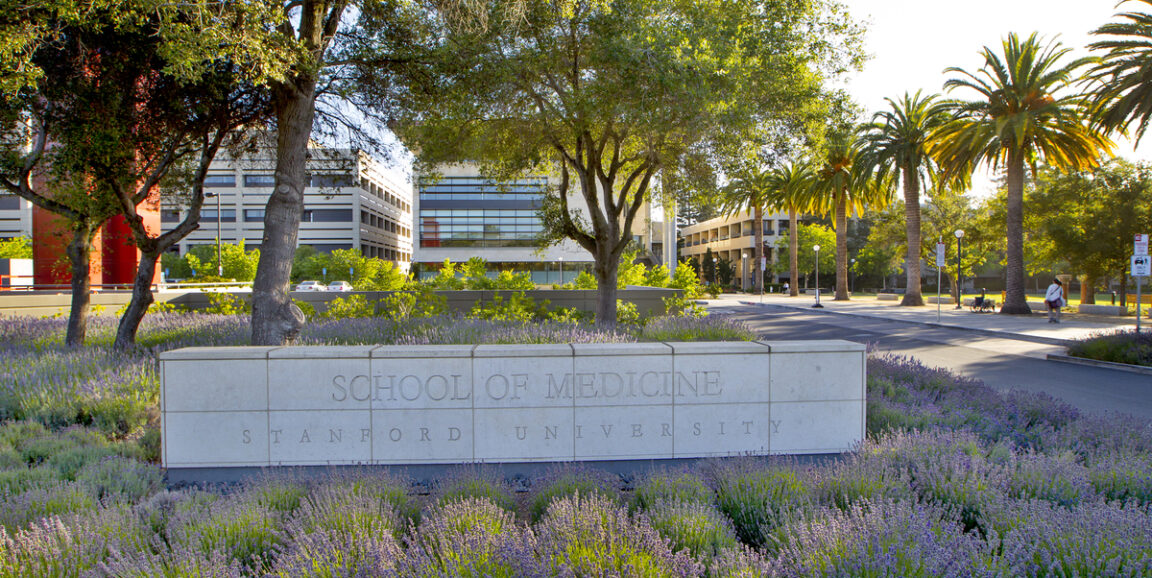Originally from Alaska, Cooper Galvin is fourth-year Stanford graduate student in biophysics who is striving to make science accessible to all. I caught up with him on campus.
What inspired you to come to Stanford?
It was meeting the faculty. Before I had any idea I wanted to go into research, I visited Stanford and a bunch of professors were willing to chat with me about being a scientist. I wasn't even a student here and they were still willing to talk with me about science. It made me realize that Stanford is a special place.
Why did you go into science and medicine?
I have always wanted my work to positively impact others, especially those who are disadvantaged. In college, I thought I wanted to go to medical school, until I took a year off in the middle of college and moved to Peru and worked on infectious disease research.
I realized that I wanted to position myself to fix deep systemic problems that stem from inequality and lack of resources and education. There are a lot of great physicians, but that's not my place.
What are you currently working on?
My current project is looking at inhibitors for a certain molecular motor found in all bacteria called DNA gyrase. It is essential for the bacteria to replicate because it generates twists in the genome, relieving those generated during replication or transcription (reading) of DNA. So if you inhibit the motor, as we would hope to for tuberculosis, the bacteria can't grow or replicate.
Could you describe your science education project with high school students?
It's called Future Advancers of Science and Technology. It is a group of over a hundred high school students in San Jose. The point of our organization, made up of Stanford student mentors, is to help these students explore their scientific curiosities. We work with them as they brainstorm science projects and help them carry out experiments and analyze the data.
About 55 percent of the students at the school live in poverty, yet given the right environment, the curiosity and freedom of thought that we see is incredible and the quality of the science projects that they come up with are really good as well.
How do you unwind?
I like to jog at the Dish and check out the trails on Skyline. I enjoy playing music with my friends here. In my program, there happen to be a number of musicians and singers. We like to get together and have music potlucks.
More broadly, one of my favorite things to do is travel to other countries and meet researchers there who are interested in the same things as me.
What are you reading now?
I just finished Better by Atul Gawande. It's a really good book for anyone involved in science and engineering. It talks about how diligence, perseverance and creativity are so essential for medical practice and science. Right now, I'm in the middle of Principles by Ray Dalio -- it is about developing heuristics for organizational success.
What music do you listen to?
With so little time to search for music, I rely on friends and experts. So Odesza, Kendrick Lamar and Bon Iver are at the top of my playlists. My advisor recommended a jazz artist named Vijay Iyer and I have been bingeing on his music lately.
Do you have a favorite scientist?
Honestly, the scientists who have inspired me most are students all around us, including some of the high school student I work with.
At Stanford, I'm really inspired by the mix of my advisor, Zev Bryant, PhD, and his friend, Manu Prakash, PhD. My advisor is all about his field of science -- single molecule biophysics and protein engineering of molecular motors. He wants to work on something that no one else in the world is working on no matter how hard it is. Manu Prakash just has so much curiosity and excitement. He believes that science is for everyone. That you don't need the fanciest microscope -- that discoveries are waiting all around us.
Stars of Stanford Medicine introduces readers to standout scholars in the School of Medicine.
Photo by Alyssa Tamboura




